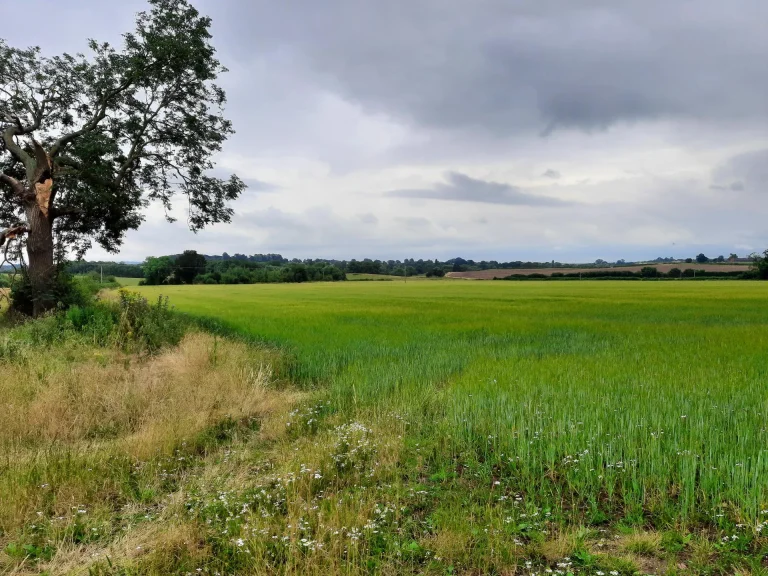Our track record
For more than 15 years, we’ve been at the forefront of UK solar and storage development. Our team combines proven expertise with long-term commitment, consistently delivering projects that communities and investors can trust.
Impact at a glance:
- 918 MW developed
- 849 MW built
- 120 MW under O&M management
- 60+ projects delivered across the UK
- Powering over 200,000 households annually
Projects delivered across the UK
Powering over 200,000 households annually
Our end-to-end approach
Delivering utility-scale solar and storage with precision and quality.
Identifying and shaping projects that support net zero while protecting nature.
Safeguarding performance and creating value for decades to come.
See where our projects are
Explore our projects across the UK. Use the map to filter by stage — development, construction, or operation — and see the scale of our impact.
Our Projects
Open projects
We work closely with local communities to make sure projects are delivered responsibly, meeting their needs and bringing lasting benefits locally.

Ash Tree Solar Park

Bramble Hall Solar Park

Craigo Glenskinno Solar Park

Elmley Road Renewable Park

Frog Lane BESS

Harp Farm Solar Park

Hooton Pagnell Solar Park

New House Farm Solar Park

Park Farm Solar Park

Pudds Cross Solar Park

Stretchford Farm Solar Park

Tewes Farm Solar Park
Completed projects
Our track record speaks for itself. Each completed project contributes clean power to the grid, while supporting biodiversity and local jobs.







